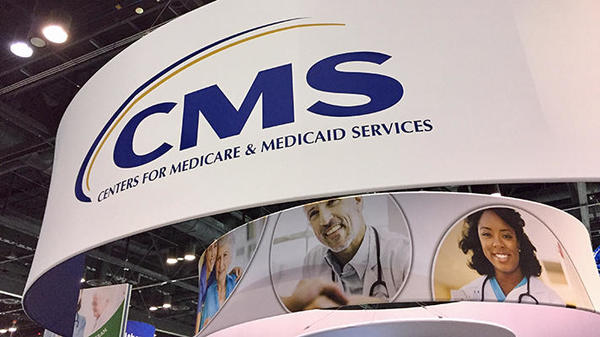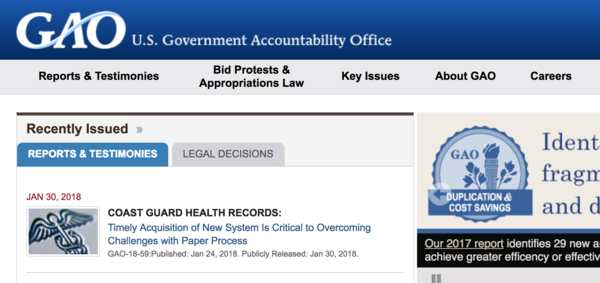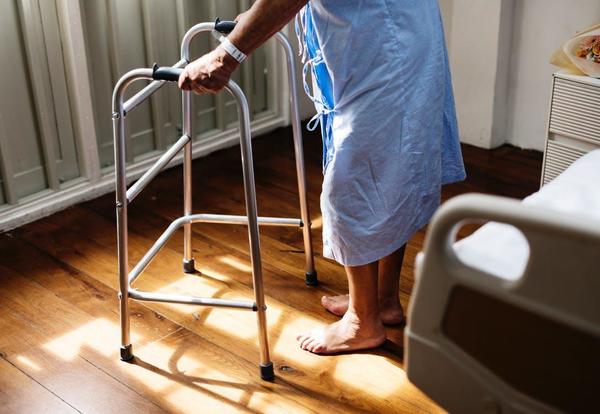The Business Case for AI
Jan 31, 2018
[...] AI can increasingly help to power essential business processes, and organizations look to harness this power, it's keep in mind that AI is fundamentally different from other technology trends that sweep the business world every few years. With AI, we are talking about the ability to exponentially accelerate cognitive powers of the human brain. This will have meaningful impacts across all of society, and specifically for businesses, across the entire value chain. Those impacts will be seen in back office operations like finance automation, improved customer insights and personalized marketing, and all the way up to the way customer interaction is handled.
Business applications of AI are already widespread. "Just look at your smartphone" has quickly become a cliché in the context of AI. Customer-facing or customer-oriented applications of AI are very common, with applications such as natural language processing and predictive marketing. In supply chain and distribution centers, we see the application of intelligent robots and demand forecasting. However, many experts agree that we're just at the beginning of an AI revolution -- currently at the stage of Artificial Narrow Intelligence (Think: Siri). As we move towards Artificial General Intelligence, leveraging deep learning and neural networks, AI will play a role in every business function and process: strategy, operations, marketing, finance, and so on.
When it comes to the benefits of adding AI to business processes, the most tangible wins are in terms of automation and efficiency, which in turn improve time to market and enable stronger financial results as businesses add value for their customers. Scratching beneath the surface, and depending on the application of AI, there are myriad other benefits that emerge from AI. For example, the ability to intelligently act upon volumes of data can unlock numerous opportunities, from identifying new customer segments to preventing fraud.
Of course, measurement and reporting are key when it comes to demonstrating the ROI of any new technology. To this end, it is crucial to have a clear understanding of the primary objectives of AI adoption. Much like any technological adoption or process improvement, these objectives need to be mapped to KPIs, and vigorously monitored. If anything, measuring the impact of AI is relatively easier than say, a major change management initiative. It is to be expected that some of the unexpected impacts, such as the business benefits discussed above, may not have clear KPIs established at the forefront, but should also be considered in terms of the overall AI platform.
[...] We're already in the AI-age, seeing applications in numerous ways. To stay competitive and maintain value, adoption is not really a question. However, there are many ways to do AI wrong. For example, if Elon Musk is correct, AI handled irresponsibly can lead to devastating effects. Therefore, skeptics and enthusiasts alike need to have honest and clear conversations on their organization's AI strategy moving forward.
Source: Information Week (View full article)
Dan Corcoran | Permalink | Comments (0)











